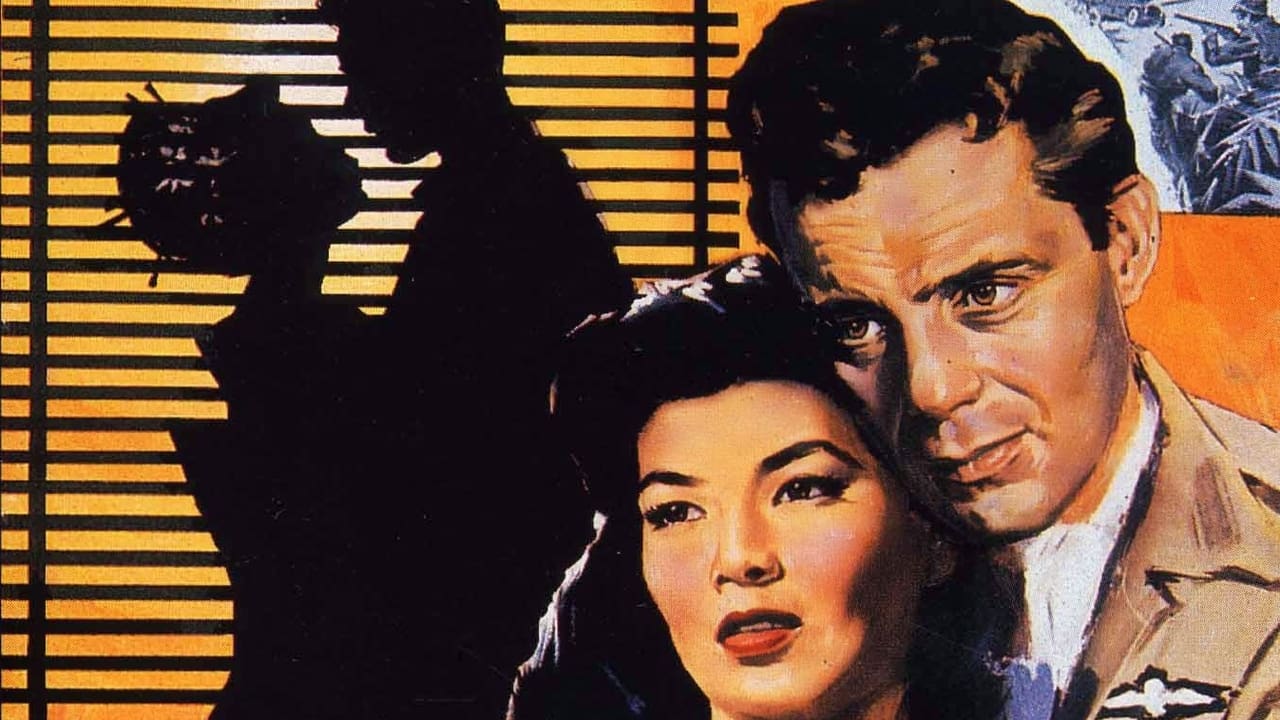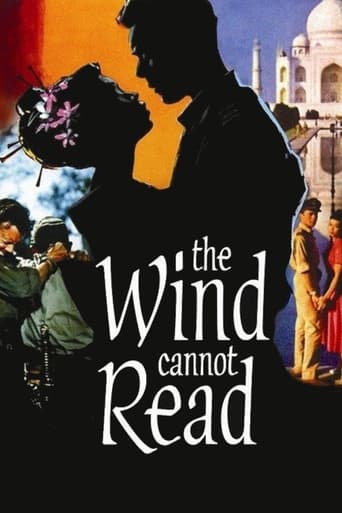

This was one of the colour films made on location by Rank in the late fifties to get people back into the cinemas.With films like this such a move was bound to fail.The story is risible.Bogarde plays a decorated flying officer,who for no given reason is selected to learn Japanese.This despite having no declared linguistic skills.This school is held in Delhi,not the safest of places in 1943.He falls in love with teacher Yoko Tani who plays the role as if sleepwalkng.He is subsequently sent up to the front,when he is more likely to have been sent home.The ending is clearly aimed at the four hanky brigade.No wonder the Roxy closed after showing this.It died of shame.
... View MoreThis movie is based on a novel by British author Richard Mason, who also wrote "The World of Suzie Wong." In "The Wind Cannot Read," Mason weaves a story that seems to be based on several of his personal experiences in WWII. He studied Japanese and served in the RAF in the Far East, where he interrogated Japanese prisoners. This movie is a rather unique war film. It's one of a small number of WWII movies about the war in and concerning the Far East, especially India. It covers the training of military personnel to speak, read and write Japanese. Is there another film that does that? And, it covers interrogation of Japanese prisoners – something rare in WWII films. These aspects give this film historical value. For that reason, and the very good acting by everyone in the film, I rate it eight stars.The plot and script of the movie are disjointed, and the film in three or four places jumps from one place and situation to another rather abruptly. The core of the movie is a love story that is more believable than most romances in war flicks. The location, encounter and time in the film lend well to the possibility of a meaningful romance. One military situation in the film stands out for its absurdity. That is toward the end when the three officers who are expert Japanese interpreters and interrogators run into the enemy. What were they doing traveling together in a war zone? A single ambush, land mine, air strafing or tossed grenade could wipe out all of the British Japanese linguists in the Far East at once. Under no circumstances would those three men be in a lead jeep driving miles ahead of a convoy. Under no circumstances would they be scouting to set up a new interrogation base in an area that wasn't already secured by their own forces. Under no circumstances would they set out without knowing where they were going and where the enemy was. Yet in this movie, they do all of those things and drive right into the enemy's hands. This was a combat-experienced Brigadier at the head of the group. In real combat, something like this would never have taken place. So, it begs several questions. Was this incident, as portrayed, true to the book? If so, was it meant as a black eye to the British for military incompetence at times? And, if it was not intended as such, why in the world did the filmmakers not change it? They could easily have written another short scenario for Bogarde's injury and then return to his love. But that this scene remains as it is in the film seems to be a jab at the British military for its incompetence at times. And, it shows the serious consequences from such incompetence. Surely, the killing or capture of three highly trained officers as Japanese interrogators would be a huge loss at the Far East war front.
... View MoreDirk Bogarde is an officer during World War II learning Japanese in India in order to do intelligence work on the Indian front.While there he gets a Japanese teacher, who is full of the inscrutable and mysterious East, like a Chinese motorcycle. Some scenes are pretty fruity in between the Indian travelogue and the first scene doesn't fit into the plot properly, in fact it doesn't seem to have any relevance at all (lost in editing perhaps?). In the war scenes, the Japanese are honourable, like in "Bridge Across The River Kwai", not at all like they actually were, and the British are all very 'pukka' and respectable - it's strictly popular fare.
... View MoreThis was the final picture shown at the famous New York City movie palace, the Roxy, the self-exclaimed "Cathedral of the Motion Picture." The Roxy opened in 1928 amid mid-Manhatten Roaring Twenties fanfare. By the mid-1950's, the theater was showing it's age through years of neglect and declining revenues, i.e. competition from television and general flight of patrons to the suburbs. It was during the late '50's to the late '80's that the large picture palaces were vanishing to the wrecker's ball, and the Roxy fell without a whimper from the public. After showing "The Wind Cannot Read," in the spring of 1960, the Roxy was closed and demolished in three months. A famous photo exists of silent movie actress Gloria Swanson in an elegant gown posing amid the Roxy's gloomy ruins; one of her silents opened the Roxy in 1928. A tragic end to a magnificent structure, only 32 years old at the time.
... View More